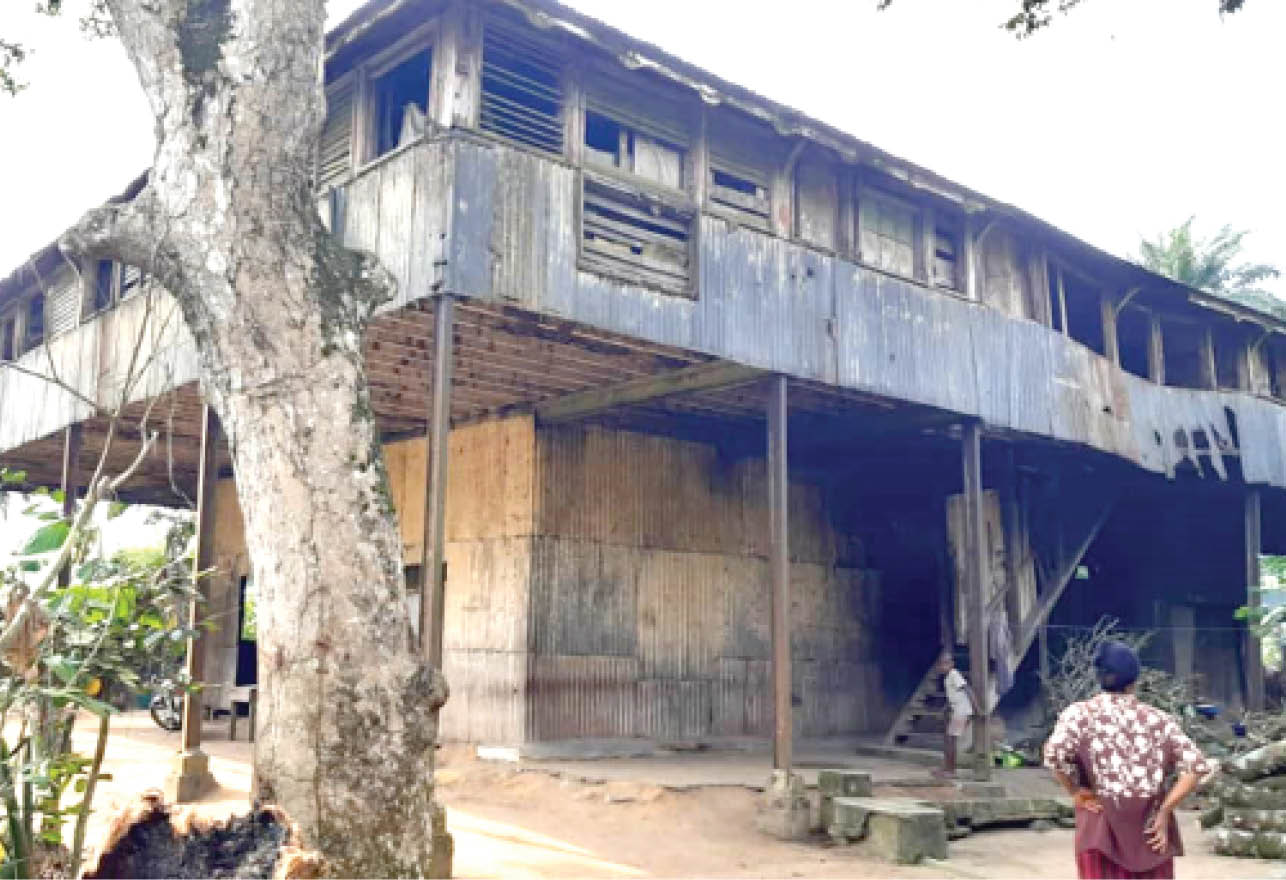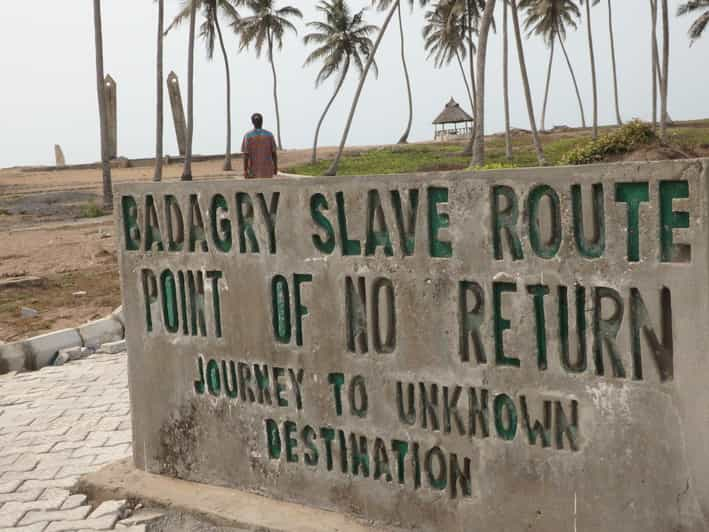Introduction: A Shift Towards Inclusive Growth
In an era where tourism contributes over $9.25 trillion to the global economy and accounts for 10% of global GDP, the industry holds significant power to drive economic transformation. However, in many developing regions, tourism revenues fail to reach the people who need them most.
Despite its vast potential, traditional tourism often disproportionately benefits foreign investors and multinational corporations, leaving local communities struggling with economic inequality. Pro-Poor Tourism (PPT) emerges as a transformative approach, ensuring that tourism revenue is distributed equitably and directly benefits marginalized populations.
“Tourism must not just be an industry—it must be a force for global economic justice and sustainability.”
As governments, policymakers, industry leaders, and investors rethink sustainable business strategies, Pro-Poor Tourism stands out as a model that not only enhances economic growth but also drives poverty alleviation, social inclusion, and environmental sustainability.
This article explores the fundamentals of PPT, its economic impact, success stories, and actionable strategies for stakeholders committed to leveraging tourism as a tool for global development.
What is Pro-Poor Tourism?
Beyond Traditional Tourism
Pro-Poor Tourism is defined as a tourism approach that generates net benefits for the poor by actively involving them in the tourism value chain. It goes beyond the traditional focus on economic growth and aims to ensure that local communities, small-scale entrepreneurs, and marginalized groups are empowered through tourism activities.
How PPT Differs from Other Sustainable Tourism Models
While sustainable tourism primarily focuses on minimizing environmental and cultural damage, Pro-Poor Tourism is explicitly designed to enhance economic benefits for disadvantaged communities.
| Feature | Sustainable Tourism | Pro-Poor Tourism |
|---|---|---|
| Primary Goal | Environmental conservation and cultural preservation | Poverty alleviation and economic inclusion |
| Economic Focus | Balances ecological and economic sustainability | Ensures direct financial benefits for marginalized communities |
| Stakeholder Involvement | Businesses, environmental groups, governments | Local communities, small-scale entrepreneurs, and investors |
| Development Model | Long-term sustainability of tourism destinations | Immediate and sustained impact for the poor |
While both models complement each other, PPT is the missing piece in ensuring tourism genuinely supports local economic growth and social equity.
The Economic & Social Impact of Pro-Poor Tourism
A Tool for Poverty Reduction
According to the World Bank, over 460 million people in Africa live below the poverty line, and tourism is a leading economic sector in 38 of 54 African nations. Yet, most profits are extracted by foreign-owned businesses, leaving locals with minimal financial gains.
PPT has the potential to:
- Create Jobs: Tourism employs over 300 million people worldwide, and integrating local communities into the sector can significantly reduce unemployment.
- Support Small Businesses: Local food vendors, artisans, and tour guides can thrive when tourism revenue stays within the community.
- Encourage Infrastructure Development: When tourism profits are directed towards healthcare, education, and public services, the entire region benefits.
Real-Life Impact: Case Studies in Pro-Poor Tourism
📍 Kenya: Community-Based Wildlife Tourism
In Kenya, Maasai-run conservancies share revenues from safari tourism with local communities. This model has created thousands of jobs, funded schools, and contributed to wildlife conservation efforts.
📍 Thailand & Vietnam: Rural Homestay Programs
Homestays provide travelers with authentic cultural experiences while directly benefiting host families. These initiatives have increased household incomes, preserved indigenous traditions, and reduced urban migration.
📍 Peru: Indigenous Eco-Tourism Ventures
In the Amazon rainforest, indigenous communities run eco-lodges that offer guided expeditions while protecting biodiversity and promoting cultural preservation.
These cases prove that PPT is not just theoretical—it works.
Why Governments & Policymakers Must Take the Lead
Governments play a crucial role in ensuring Pro-Poor Tourism becomes mainstream. Without policy support and strategic investments, local communities will continue to be excluded from tourism’s economic benefits.
Key Government Actions to Strengthen PPT:
✅ Develop Legislation: Require tourism businesses to source supplies and services from local providers.
✅ Provide Financial Support: Microloans and grants should be allocated to local entrepreneurs.
✅ Invest in Infrastructure: Good roads, electricity, and digital connectivity will enable rural tourism enterprises to thrive.
✅ Regulate Foreign Investments: Ensure that a portion of profits from multinational hotels and tour operators remains within local economies.
Legislators across Africa must prioritize PPT in national development agendas and create laws that protect locally-owned tourism businesses.
How the Private Sector Can Drive Pro-Poor Tourism
Beyond government action, investors, tourism businesses, and entrepreneurs must integrate PPT into their business models.
What Businesses Can Do:
✅ Hotels & Resorts – Source food, crafts, and services locally, and employ more staff from local communities.
✅ Tour Operators – Offer authentic community experiences rather than generic mass tourism packages.
✅ Luxury Travel & Ecotourism Investors – Partner with community-based enterprises to develop sustainable and ethical tourism products.
✅ Technology & Startups – Create digital platforms that connect travelers with local businesses.
By adopting inclusive business strategies, companies can enhance brand reputation, foster customer loyalty, and contribute to long-term economic sustainability.
Tourists Also Have a Responsibility
As consumers, travelers have the power to choose where and how they spend their money.
How Tourists Can Support Pro-Poor Tourism:
✅ Stay in locally-owned accommodations instead of international hotel chains.
✅ Book tours with local guides rather than large corporate agencies.
✅ Buy handmade crafts and souvenirs directly from artisans.
✅ Support responsible tourism companies that give back to local communities.
With global travel on the rise post-pandemic, conscious tourism choices can make a lasting impact.
Aligning PPT with Global Development Goals
Pro-Poor Tourism aligns directly with the United Nations Sustainable Development Goals (SDGs):
🌍 SDG 1 – No Poverty – PPT increases household incomes and job opportunities.
🍽️ SDG 2 – Zero Hunger – Investing in local food production for tourism boosts agricultural sustainability.
📈 SDG 8 – Decent Work & Economic Growth – PPT ensures that tourism profits benefit everyone, not just the elite.
If just 20% of global tourism investments were allocated to Pro-Poor Tourism, millions could escape poverty and food insecurity.
Conclusion: The Future of Tourism is Pro-Poor Tourism
The era of mass tourism that prioritizes profit over people is fading. The future of tourism must be inclusive, responsible, and economically transformative.
What Needs to Happen Next:
1️⃣ Governments must adopt PPT policies and ensure that tourism benefits local economies.
2️⃣ Legislators must advocate for laws that support local tourism businesses.
3️⃣ Investors and businesses must commit to ethical tourism practices.
4️⃣ Tourists must travel responsibly and choose experiences that empower communities.
🚀 The time for action is now. Tourism must not just be an industry—it must be a force for global economic justice and sustainability.
Are you ready to be part of the change?
📢 Join the conversation! Let’s make Pro-Poor Tourism the future of sustainable travel.











